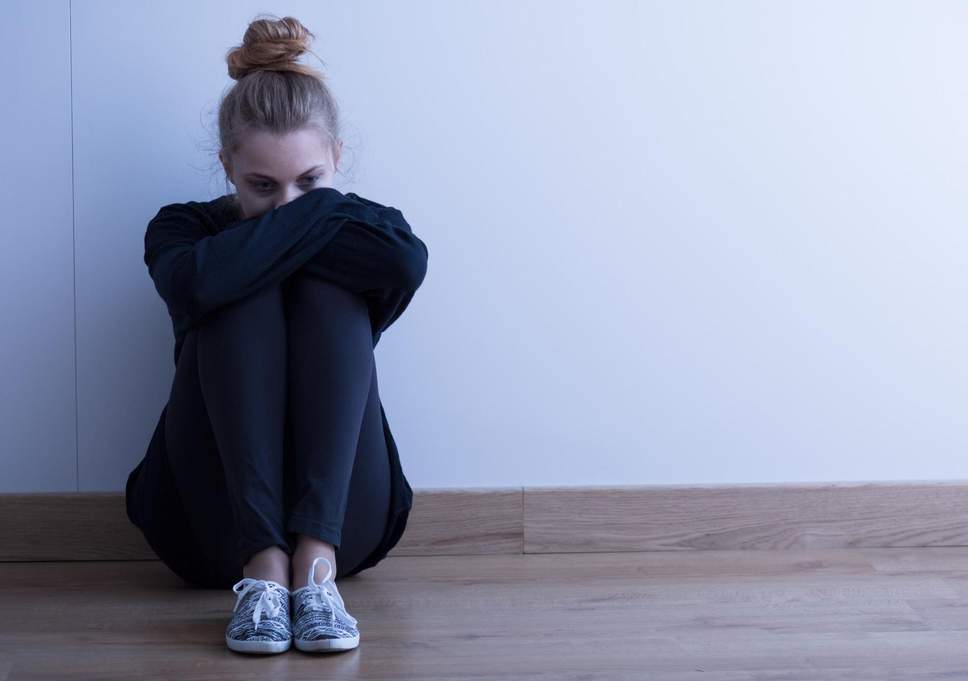Do your teenager’s emotions oscillate like a rollercoaster?
Are their moods extreme, and they are finding it all too much?
Maybe their behaviour has become more withdrawn and avoidant?
1 in 6 young people have considered self harm at some point, with 1 in 10 having acted on it. Australian studies suggest that 6-8% of young people engage in self harm in any 12-month period. Of the young people whom suicide, more than half have a history of self harm. We need to take note because suicide is the leading cause of death for young people aged 15-24, followed by road traffic accidents (ABS).
Being a teenager can be troubling and challenging. It is common for teenagers to feel pressure with their studies, meeting their parent’s expectations, and dealing with challenges at school, such as bullying. They are often not equipped to understand and manage their emotions. These emotions can become quite extreme, so how do you know if your teenager is resorting to actions such as hurting themselves?
Look for the following signs:
- Your teenager is frequently unhappy and withdraws to their room
- You’ve noticed a change in their behaviour or school performance
- They have unexplained physical symptoms and have strange excuses for these injuries
- They avoid situations or items of clothing where their arms or legs are exposed, e.g. swimming
- You notice extreme highs and lows in their emotions
How does self harming work and why do teenagers do it?
Young people often turn to self harm such as cutting with blades or burning themselves when they have no other way of managing the pain or distress they are facing. At first it is scary, but once done the body will respond with neurochemicals, reducing the stress and tension making them feel an immediate sense of calm. Unfortunately this feeling is short lived, so they do it again to relive that feeling. This relief can easily become addictive.
There is a common misconception that self harm is merely an “attention-seeking” behaviour. Self harm is in fact a compulsive behaviour and not surprisingly more common among young women. Early intervention may prevent or at least reduce the risk of deliberate self harm.
How can I support my teenager through this troubling time?
- Don’t ignore their behaviour or the symptoms you see – it is important for you to become available for your teenager to talk to
- Don’t be angry or upset at their actions – instead offer a shoulder to cry on, and open arms to have a conversation about how they are feeling
- Ask them what thoughts were going through their mind at the time they hurt them self
- Consider what they need from you right now, and be open to doing this
- If your teenager has serious injuries, please see a doctor to avoid any infection
- Remove any dangerous objects from their room or that’s within easy reach, such as the kitchen drawer
- Ask those around them (e.g. teachers) that they are not frequently left alone
Do you want to help your adolescent, but you aren’t sure how?
Self harm is serious and should be addressed as it can easily become habitual. If their pain falls on deaf ears they may even progress to more drastic measures. It is at this time that you need to seek additional support for your son or daughter. Only a small proportion of adolescents will seek professional help, so a parent or guardian’s guidance to seek additional help is essential.
If your adolescent displays any of the symptoms outlined above it is important that you take action and engage with an experienced Clinical Psychologist, such as Dr Louise Johnson. She can assist your teen to develop positive coping strategies to replace the negative ways they cope, such as self-harm.
These skills are an invaluable resource for your teenager as they navigate their way through what are possibly their most challenging years of their life. Please contact us.
Written by Dr Louise Johnson - Senior Clinical Psychologist - creatingchange.net.au


